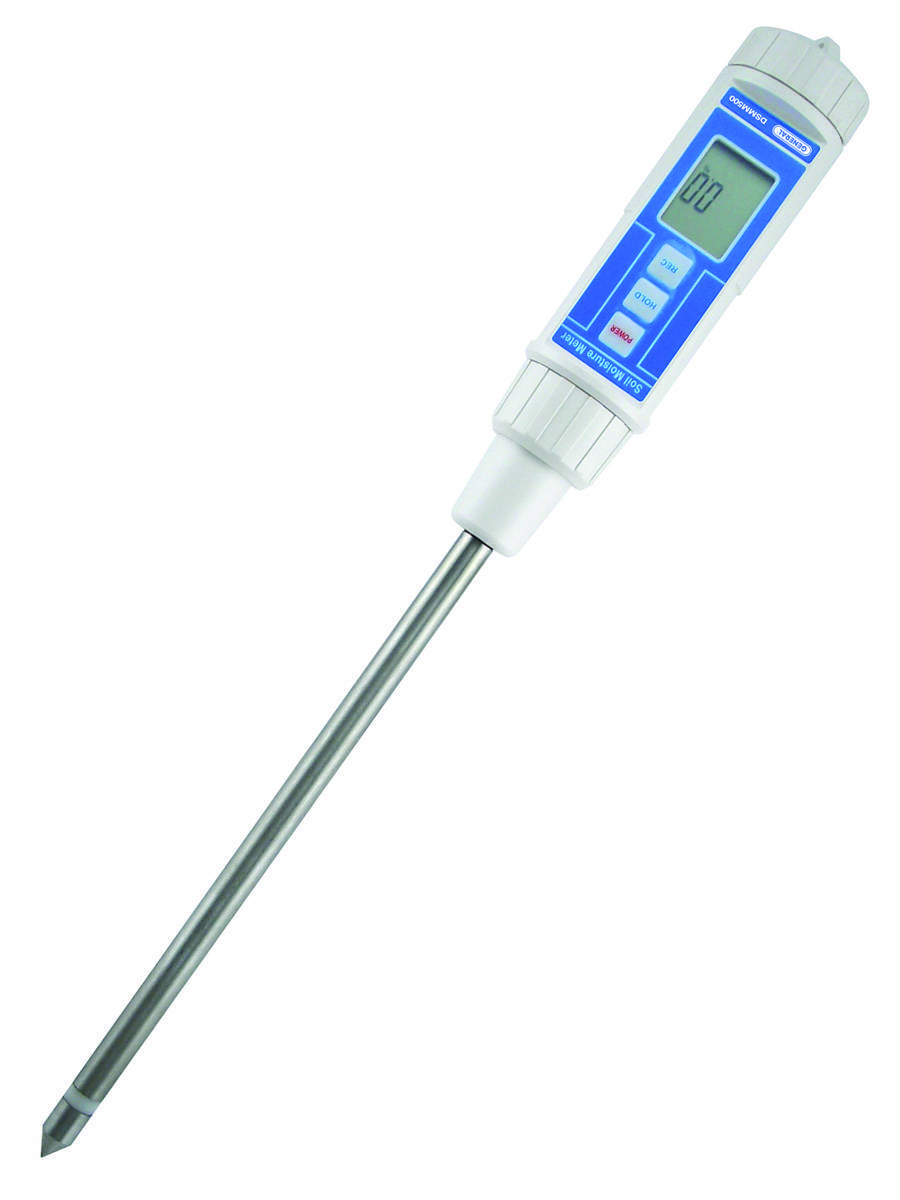Moisture Meter Buying Overview: What to Look for in High-Quality Instruments
Moisture Meter Buying Overview: What to Look for in High-Quality Instruments
Blog Article
The Ultimate Guide to Moisture Meters: A Comprehensive Overview and Just How They Can Conserve You Cash
In the world of building maintenance, building and construction, and various industries, the value of precisely gauging moisture degrees can not be overstated. Moisture meters act as crucial devices in detecting and monitoring moisture web content in materials, assisting in protecting against costly damages and guaranteeing the high quality of items. Understanding the nuances of various kinds of moisture meters, their applications, and the prospective cost-saving advantages they provide can be a game-changer for experts and companies alike. Discovering exactly how these devices can not just streamline processes yet additionally add to monetary savings is a trip worth embarking on.
Sorts Of Moisture Meters
Numerous sorts of wetness meters are readily available for various applications in various markets. One common kind is the pin-type dampness meter, which measures the electric resistance between 2 pins inserted into a material. This type appropriates for wood, drywall, and various other structure products. Pinless wetness meters, on the various other hand, use electro-magnetic sensing unit plates to check a larger area without triggering damages to the material's surface. These meters are perfect for quickly examining moisture levels in huge locations such as floors and walls.
In addition, there are likewise specialty dampness meters designed for particular materials like grain, dirt, or hay. These meters provide precise dampness readings tailored to the special homes of the product being tested. Infrared wetness meters determine the thermal buildings of a product to establish its dampness web content non-invasively, making them beneficial for applications where pin or pinless meters may not be appropriate. Understanding the various kinds of moisture meters readily available can aid sectors select one of the most ideal device for their particular wetness dimension requirements.

Benefits of Using Moisture Meters

Moreover, utilizing moisture meters can result in increased energy efficiency. By identifying locations with high dampness levels, such as leaks or poor insulation, changes can be made to boost power preservation and minimize energy expenses. In agricultural settings, wetness meters play an important function in optimizing plant returns by enabling farmers to check soil wetness levels and make notified irrigation decisions. Overall, the benefits of using moisture meters cover throughout various sectors, giving affordable remedies and promoting much better top quality control techniques.
Just How to Choose the Right Moisture Meter
Choosing the suitable wetness meter entails taking into consideration crucial factors such as product compatibility, measurement range, and calibration precision. When picking a wetness meter, it's important to ensure that the meter is ideal for the certain product you will be screening. Different materials have varying electrical homes that can influence dampness analyses, so selecting a meter developed for your material is essential for exact outcomes. Additionally, consider the measurement variety of the wetness meter. Make certain that the meter can spot wetness degrees within the array needed for your applications. Calibration accuracy is another crucial element to remember (Moisture Meter). Choose a dampness meter with dependable calibration to ensure constant and exact readings. Some meters may need regular calibration adjustments, so recognizing the calibration process is essential. By meticulously reviewing these elements, you can pick why not try this out a moisture meter that meets your needs and supplies exact wetness dimensions for your projects.
Appropriate Strategies for Moisture Meter Use
To make sure exact wetness readings and make the most of the performance of a wetness meter, employing appropriate strategies is essential. When making use of a pin-type wetness meter, place the pins or probes into the product being examined until they make full get in touch with. Ensure the pins are vertical to the surface area to obtain the most exact analysis. For pinless dampness meters, hold the tool level versus the material and relocate slowly to cover the whole location for an ordinary reading. It's crucial to adjust the moisture meter according to the product being checked to improve accuracy. Take numerous analyses throughout the surface and typical them out for an extra trusted outcome. Additionally, make certain that the product being checked is adjusted to the atmosphere to stop skewed readings. Normal upkeep of the moisture meter, such as cleansing the pins or sensing unit, is additionally important to ensure constant and precise analyses. By adhering to these proper methods, individuals can depend on their moisture meter to offer reliable wetness degrees, assisting in preventing expensive damage or guaranteeing quality in various applications.

Cost Savings Via Moisture Meter Applications
Just how can the calculated use of dampness meters lead to significant expense savings throughout various markets? Dampness meters play an essential role in cost savings by protecting against prospective damages and ensuring quality assurance in different fields. In the agriculture market, moisture meters aid in identifying the optimum time for gathering plants, stopping excess or over-drying moisture that can affect the final item's high quality. This precise link monitoring helps farmers prevent unneeded losses and optimize their yield.

Moreover, in the food processing market, wetness meters are essential for monitoring product quality and making certain compliance with safety and security guidelines. By properly determining dampness content in food, makers can stop wasting, keep freshness, and lower waste, causing considerable expense financial savings. On the whole, the tactical application of dampness meters is a beneficial investment that can bring about substantial expense reductions and boosted effectiveness across different markets.
Verdict
In verdict, wetness meters are useful tools for gauging and spotting dampness levels in different materials. By making use of the appropriate moisture meter and following proper techniques, individuals can effectively stop costly problems created by excess dampness.
Dampness meters serve as indispensable devices in finding and monitoring moisture material in products, assisting in avoiding costly damages and making sure the high quality of items. Infrared dampness meters measure the thermal residential or commercial properties of a material to establish its wetness material non-invasively, making them beneficial for applications where pin or pinless meters may not be ideal.Wetness meters offer invaluable benefits in accurately keeping track of and Recommended Site evaluating dampness degrees in varied products and environments. In farming settings, wetness meters play an important duty in maximizing crop yields by enabling farmers to keep track of dirt dampness levels and make informed irrigation decisions.In conclusion, wetness meters are important tools for identifying and determining dampness levels in numerous materials.
Report this page